

PHOTO: Ana Elisa Fuentes for The New York Times.
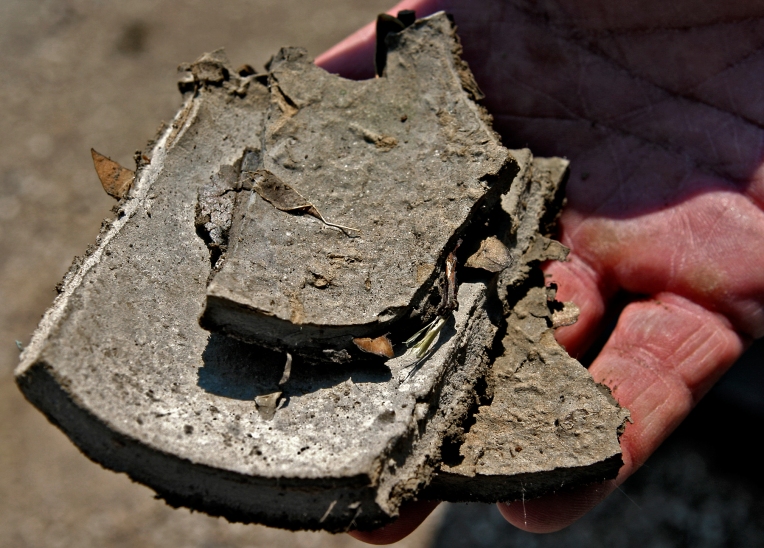
PHOTO: Ana Elisa Fuentes for The New York Times.
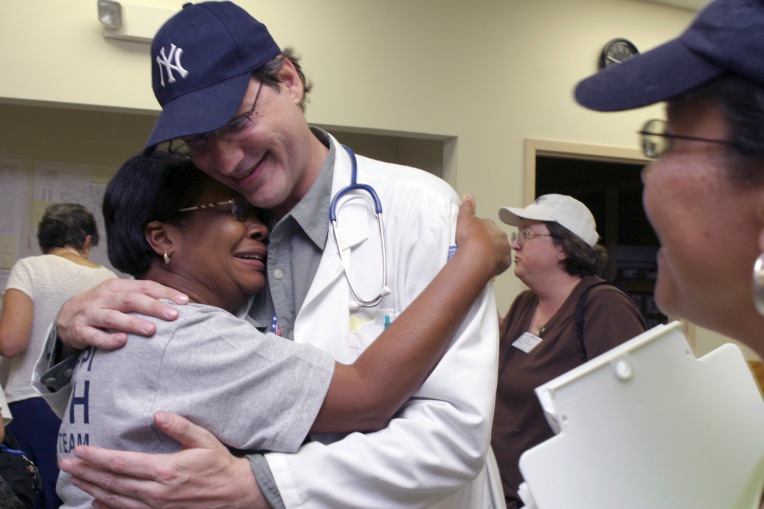
Photos copyright Ana Elisa Fuentes

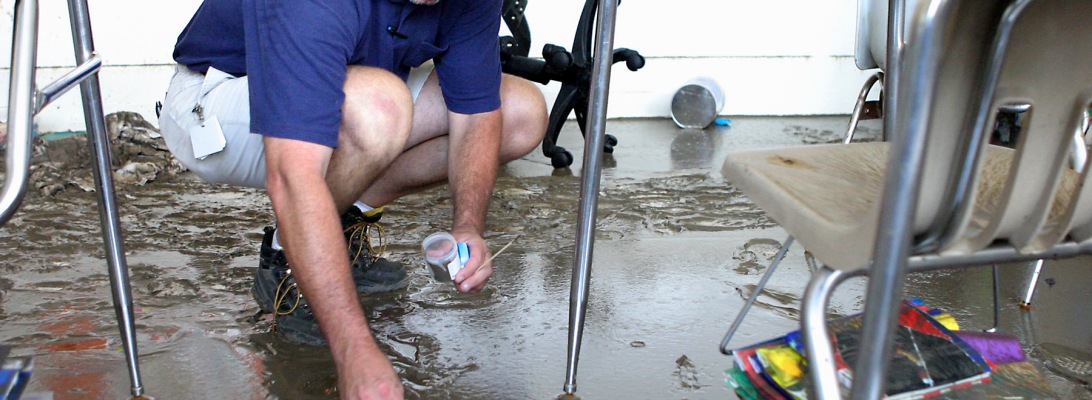




Photos copyright Ana Elisa Fuentes

Aerial view of devastation caused by hurricane Katrina, over Gulfport, Mississippi on Sunday September 11, 2005. The long red/orange object to the right, is a barge that served as a gambling casino. The water and winds from the hurricane relocated the casino to a different neighborhood.
This is what the front page looked like.
Dap Dang, of Biloxi, Mississippi, paddles his skiff to assess the damages done by hurricane Katrina to the family shrimping business,
in Gulfport, Mississippi, on Friday, September 9, 2005.
Throwback Thursday – with all the chatter about the upcoming anniversary of hurricane Katrina, I started going over my photo archive and
rediscovered this photo of me sitting on the tail of a Chinook helicopter, which served as my photography vantage point while on assignment, flying with the Ohio National Guard.
One of the best times in my life ever!
Recorded on September 11, 2005.
Hard to believe ten years have gone by.
The Chinook preparing to land in New Orleans, bearing 14 tons of supplies and yours truly. The stench from above was foul.



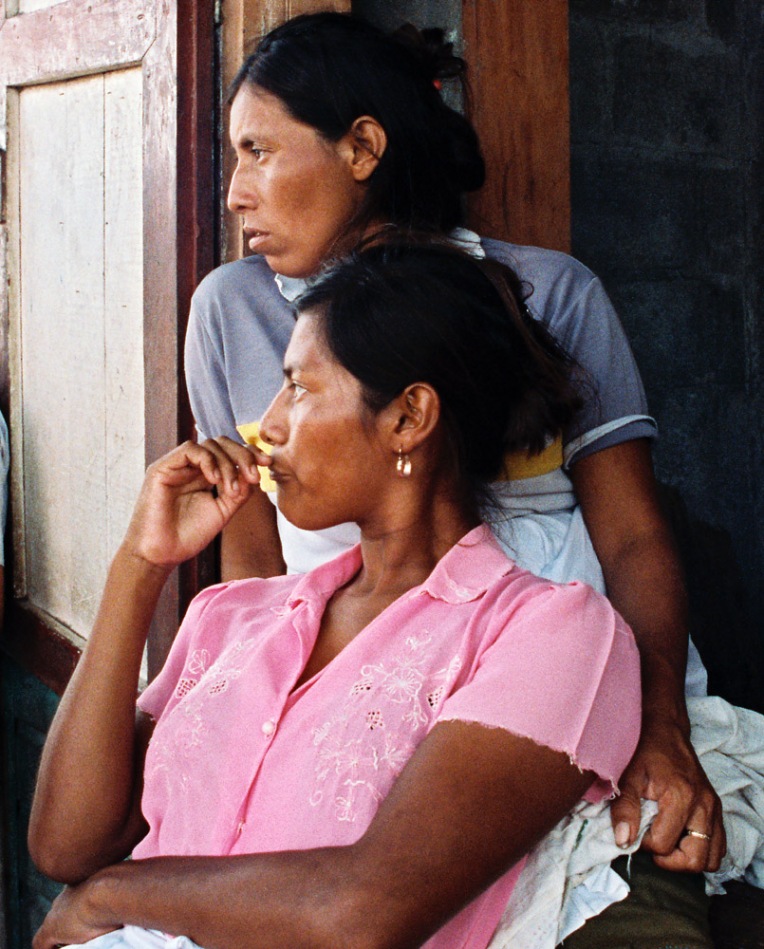




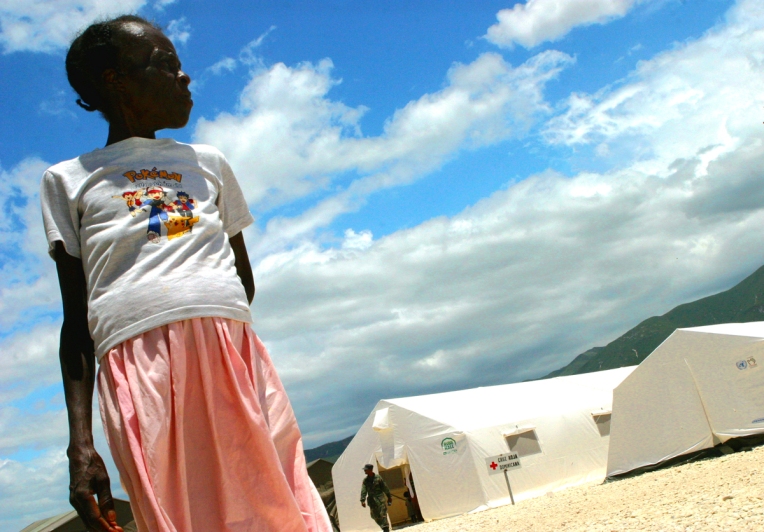
All images copyright Ana Elisa Fuentes.




 Building my website has been an exercise in many disciplines.
Building my website has been an exercise in many disciplines.
Apart from viewing my professional history through my photographs, more and more I realize them for what they are: a record, a document and a mirror of our society.
One of the questions I have been asking myself recently is, how much have we grown as a nation? How forward thinking, have we become as a country?
We call ourselves the greatest democracy in the world, yet we are willing to destroy our natural resources, sell our democracy to lobbyists whose only consideration is their own profit, and undermine our constitution, all in the name of progress?
Progress for whom?
This progress guarantees no future for our children and in the name of this progress we give permission to take their lives prematurely in an epidemic called gun violence.
Not only is Congress giving permission and guaranteeing a shorter life span for children they are starving our children and working families while feeding the insatiable belly of corporations. Corporate greed and religious intolerance galvanizes and energizes the chasm dividing our nation, through a violence that especially targets the most vulnerable populations, children. As George Zimmerman said: “I was doing God’s plan.” His justification rooted in a moral ethic that is supported by lobby espoused religious zeal, dressed up as law, entitling him to take the life of Trayvon Benjamin Martin.
Have we really become a nation that settles for watching “reality TV” while dismissing, denying and refusing to participate in our own democracy?
Why are these same themes repeating themselves?
The life of an African-American males continues to be devalued and discounted, around the country and especially in the very same regions that would take our right to vote.
Women are still fighting, clamoring for our right to own our bodies, to choose, to access healthcare.
The sentinels screaming the religious indignation of ‘Right to Life‘ are the very same guardians obstructing health care outside the womb. The very same group body opposing the collective body of citizens in the right to vote, in equality for all people, of all colors and races, in life, liberty and the pursuit of happiness and in our inalienable right in freedom of speech.
In love thy neighbor as thyself, where is the love to feed those who do not have enough to eat because the appetite of corporate greed exceeded their neighbors?
These guardians, the very same sentinels whose right to bear arms will stand their ground in ‘Right to Life.’ Right to whose life?
We are in peril of losing one of our most precious pillars of democracy, and that is our right to vote. It is our collective voice. Our mandate. The navigation that guarantees our waters of democracy.
Our guarantee of an even keel for all, not just the few.
If a picture is worth a thousand words, then I have written a few toward this sum today.
These photographs, my copyright, were recorded while on assignment for the Los Angeles Times and will be available via my archive
 Today is World Refugee Day, and this begs the question, how many of us will become refugees as a result of climate change? This Haitian woman, is a hurricane survivor who was relocated to a camp in the Dominican Republic at the border with Haiti. TWO PERCENT of Haiti is forested. Simple math tells that the remaining 98 percent is DEFORESTED.
Today is World Refugee Day, and this begs the question, how many of us will become refugees as a result of climate change? This Haitian woman, is a hurricane survivor who was relocated to a camp in the Dominican Republic at the border with Haiti. TWO PERCENT of Haiti is forested. Simple math tells that the remaining 98 percent is DEFORESTED.
Soil erosion is the result of deforestation, which makes the island nation vulnerable to landslides and floods during hurricane season.
Where there is no soil, there is no food; which leads to hunger.
Deforestation has led to Haiti to depend on other nations, agencies, ,and NGO’s for food.
According to a report published on June 10th, 2015, by the United Nations Internal Oversight Services, “over 200 women were forced into sexual acts with UN peacekeepers in exchange for basic necessities”
Think about the number of displaced persons as a result of hurricane Katrina.
Were they not climate refugees?
This week the Guardian published an article on American’s First People who are now America’s First Climate Refugees.
The people of Newtok, Alaska, like the people of Haiti are, literally, losing the ground below their feet.
Photograph and text copyright Ana Elisa Fuentes

Sunrise Prayer – Shundahai – Peace and Harmony With All of Creation
image copyright anaelisafuentes


 International Womens Day 2013
International Womens Day 2013